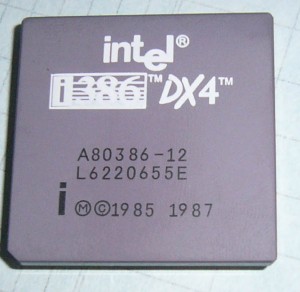The Increasing Threat of Fake IC’s
We have previously talked about the issue of fake IC’s. The problem continues to get worse, and is making more and more press. Almost 10,000 incidents of fake ICs were recorded by the commerce department in the US in 2008 (the most recent stats available). Each ‘incident’ is usually several thousand IC’s. Over 2 million fake IC’s are seized per years, on average one shipment per hour of fake IC’s is caught and seized. How many slip through is anyones guess, and likely much higher.
As infrastructure ages, and is kept in service well beyond its designed life, and well beyond the life of the IC’s that run it the issue of fakes gets more and more dangerous. Normal manufacturers simply do not make these devices anymore, so brokers fill the gap. Many of which are less then reputable.
Two options exist to help alleviate this. First there is a small few manufacturers who make new legacy components, based on the original masks of the original devices. Rochester Electronics (REI) is perhaps the best known and largest, manufacturing over 20,000 part numbers to OEM spec. Innovasic also makes ASIC based OEM compatible devices.
The second is building a network of authorized distributors. These are distributors that stock IC’s that are no longer made and are trustworthy. The Authorized Directory is a site that allows searching of such distributors as well as news about the counterfeiting problem and what is being done about it.
As collectors counterfeit ICs are hard to deal with. Museums don’t tend to purchase in quantities enough to warrant purchase from large distributors. Collectors do however work together to help find counterfeit IC’s and determine easier ways to spot them.
More Info at Mercury News
Tags:
fakes
Posted in:
Museum News


